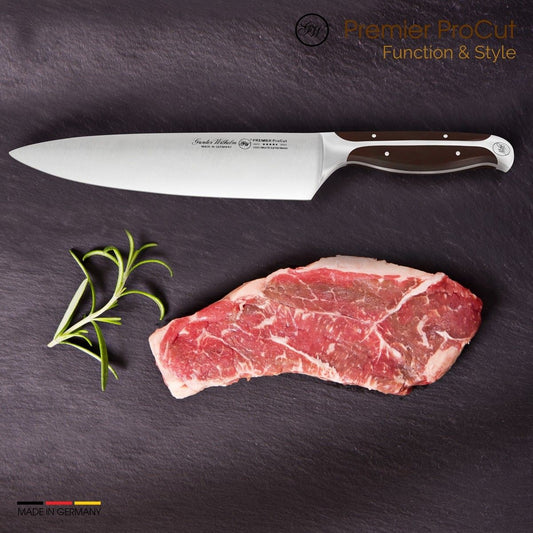Farm-to-Lab: How Cellular Agriculture Is Rewriting the Food Chain

Farm-to-Lab: How Cellular Agriculture Is Rewriting the Food Chain
Cultivated meats and precision fermentation are stepping out of science labs and into fine dining.
Once the domain of scientists and startups, cellular agriculture is quickly becoming the next big frontier in food. From cultivated meats to lab-grown dairy and precision fermentation, the global dining industry is entering a radical new chapter — one where sustainability meets sophistication, and ethical innovation looks downright delicious.
The End of the Traditional Farm?
Imagine ordering a perfectly marbled steak that didn’t come from a cow. Or sipping a cappuccino topped with milk never squeezed from an udder. Thanks to cellular agriculture — the science of growing food directly from animal or plant cells — this vision is already becoming reality. By cultivating cells in controlled environments, companies are able to replicate the taste, texture, and nutrition of traditional foods while eliminating the environmental costs of industrial farming.
Leading the charge are innovators like Upside Foods, Eat Just, and Perfect Day, whose creations have graduated from petri dishes to the plates of Michelin-starred restaurants. The first cultivated chicken dishes have already appeared on menus in Singapore and San Francisco — and they’re more than just novelties. They’re culinary statements about what progress tastes like.
Precision Fermentation: The Hidden Hero
While cultivated meat grabs headlines, another revolution is brewing quietly in stainless steel tanks. Precision fermentation — a process that uses microbes to produce proteins, fats, and enzymes — is allowing chefs to recreate everything from cheese and ice cream to egg whites, all without animals.
This technology is already behind brands like Brave Robot and Perfect Day, whose dairy-free ice creams taste indistinguishable from the real thing. For restaurants, that opens the door to new creative possibilities: plant-based fine dining without compromise. The era of “vegan alternatives” is fading — replaced by culinary equality.
Fine Dining’s New Obsession
Top chefs are taking notice. In Copenhagen, London, and Los Angeles, fine dining restaurants are quietly adding lab-grown and precision-fermented ingredients to their tasting menus. The appeal isn’t just ethics — it’s purity. Cultivated foods offer consistent quality, zero antibiotics, and full traceability. They align perfectly with the growing demand for transparency, sustainability, and innovation in luxury dining.
Michelin chefs see it as the ultimate challenge: crafting emotion and elegance from ingredients born in a bioreactor. A Singapore chef described his first experience serving cultivated chicken as “like tasting the future — familiar, but somehow cleaner.” That emotional connection is what’s transforming the movement from lab experiment to luxury experience.
Sustainability Meets Strategy
The numbers are impossible to ignore. Traditional livestock farming accounts for roughly 14% of global greenhouse gas emissions, while cultivated meat could reduce that footprint by up to 90%. It also uses dramatically less land and water, and it avoids the ethical complexities of animal slaughter entirely. For restaurant brands, aligning with this shift isn’t just a moral choice — it’s a business strategy.
Early adopters are already reaping the rewards. Restaurants that partner with cellular agriculture startups are gaining a reputation for being forward-thinking, eco-conscious, and bold — exactly the kind of storytelling today’s diners love to share on social media.
Challenges on the Menu
Of course, not everything about this transition is seamless. Cost remains a major hurdle — though prices are falling rapidly as production scales. Regulation is another. Only a handful of countries currently allow the sale of cultivated meat, but that number is expected to grow quickly.
Consumer perception may be the biggest barrier of all. “Lab-grown” still sounds synthetic to some ears — but marketing and storytelling are changing that narrative. As one chef put it, “If fermentation gives us wine, cheese, and bread, why can’t it give us steak?”
The Future of Flavor
In the coming decade, expect cultivated foods to move from novelty to necessity. Cellular agriculture represents not just a scientific breakthrough, but a culinary renaissance — one that fuses technology, artistry, and sustainability. In the hands of visionary chefs, the lab isn’t replacing the farm — it’s becoming its evolution.
From farm to flask to fine dining, the future of food isn’t about what we’ve lost — it’s about what we can create, one cell at a time.
Share:





